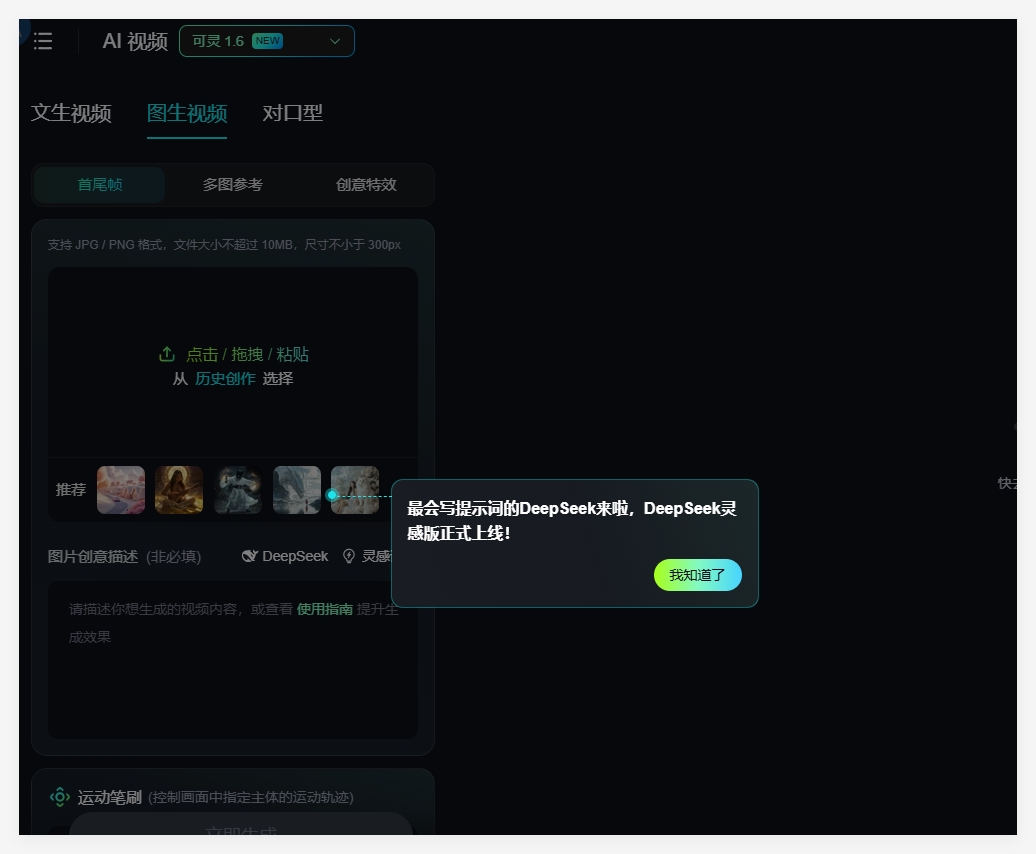Recently, numerous netizens have been captivated by panda videos on platforms like Xiaohongshu and Douyin, featuring pandas eating instant noodles, hot pot, and even driving. After watching these videos, many expressed doubts about reality, with the pandas' skillful chopstick usage leaving viewers questioning their authenticity.

Some viewers even scrutinized the videos for a long time to identify which panda it was, only to discover they were AI-generated. Others joked about stripping the panda's clothes to see if it was a person in disguise.
Currently, one of the most successful accounts on Douyin for such content is named "Panda." This account started posting last week and has already uploaded 14 videos. The most popular one, featuring a panda eating noodles, has garnered 22,000 likes and over 2,000 comments and shares, attracting 2,368 new followers in just one week.

Due to the videos' realism and the pandas' smooth chopstick handling, most viewers in the comments didn't realize they were AI-generated.
Another notable account is @XiaoMoAiPanda on Xiaohongshu. This account produces more varied panda videos, including not only eating broadcasts but also showcasing talents like playing the erhu, violin, and practicing calligraphy.

The two most popular videos from this account have also received 15,000 likes and nearly 2,000 comments and shares.

So, how are these videos made? In fact, both accounts use the same generation tool called Kelin. Next, AIbase will demonstrate how to create such videos in detail.
Step 1: Open the Kuaishou APP
Locate the [AI Creation Entry] on the homepage, click to enter, and you'll find various AI tools, with the AI video generation function being the first option.

Click the generate video button, and on the generation page, you'll see not only the video generation entry but also popular templates. The recent trending videos of Ziwei eating burgers and Erkang wearing sunglasses were generated using Kelin's image-to-video feature, based on the official Mona Lisa wearing sunglasses template.

Today, we'll directly generate a panda video using text-to-video.
Step 2: AI Text-to-Video
Kelin's text-to-video feature is straightforward, essentially describing the desired scene in natural language and selecting the video ratio. If you're unsure how to start, you can click on the inspiration reference below and try generating with the provided prompts.

Prompt structure: Subject + Action + Background
If you want a random background, simply describe what the subject is doing.
For example, to generate a similar panda eating instant noodles video, just input "A panda holding chopsticks eating instant noodles" and click generate.
Video effect:
The generated panda videos are quite realistic, with the chopstick handling being very smooth.
If you want to replicate someone else's viral video without making it identical, you can tweak the action or background. For instance, change eating noodles to eating rice. If you want more pandas, you can add more, like two pandas eating dumplings.
After creating a few, AIbase found it too simple, so they increased the difficulty by adding more pandas and setting them on a high-speed train. The generated videos with complex backgrounds can output stably, with two pandas naturally holding chopsticks eating tomato and egg noodles, and the movement outside the window also aligns with real physical environments.
Of course, besides eating, you can also let the pandas showcase talents. If others' pandas play the erhu, you can have yours play the flute. AIbase simply input "A panda hanging from a bamboo, holding a flute, playing a beautiful melody," and got the following video:
Although not hanging from bamboo, the performance is quite decent.
Step 3: Editing
Observing several accounts' videos, these panda videos generally do not involve complex editing. Simply drag a few clips into the editing software, add appropriate music and transitions. If you want to be more lively, you can also add some variety show-style stickers.

Here is the video collection made by AIbase:
That concludes today's tutorial. For more previous tutorials, you can visit: https://www.aibase.com/course








